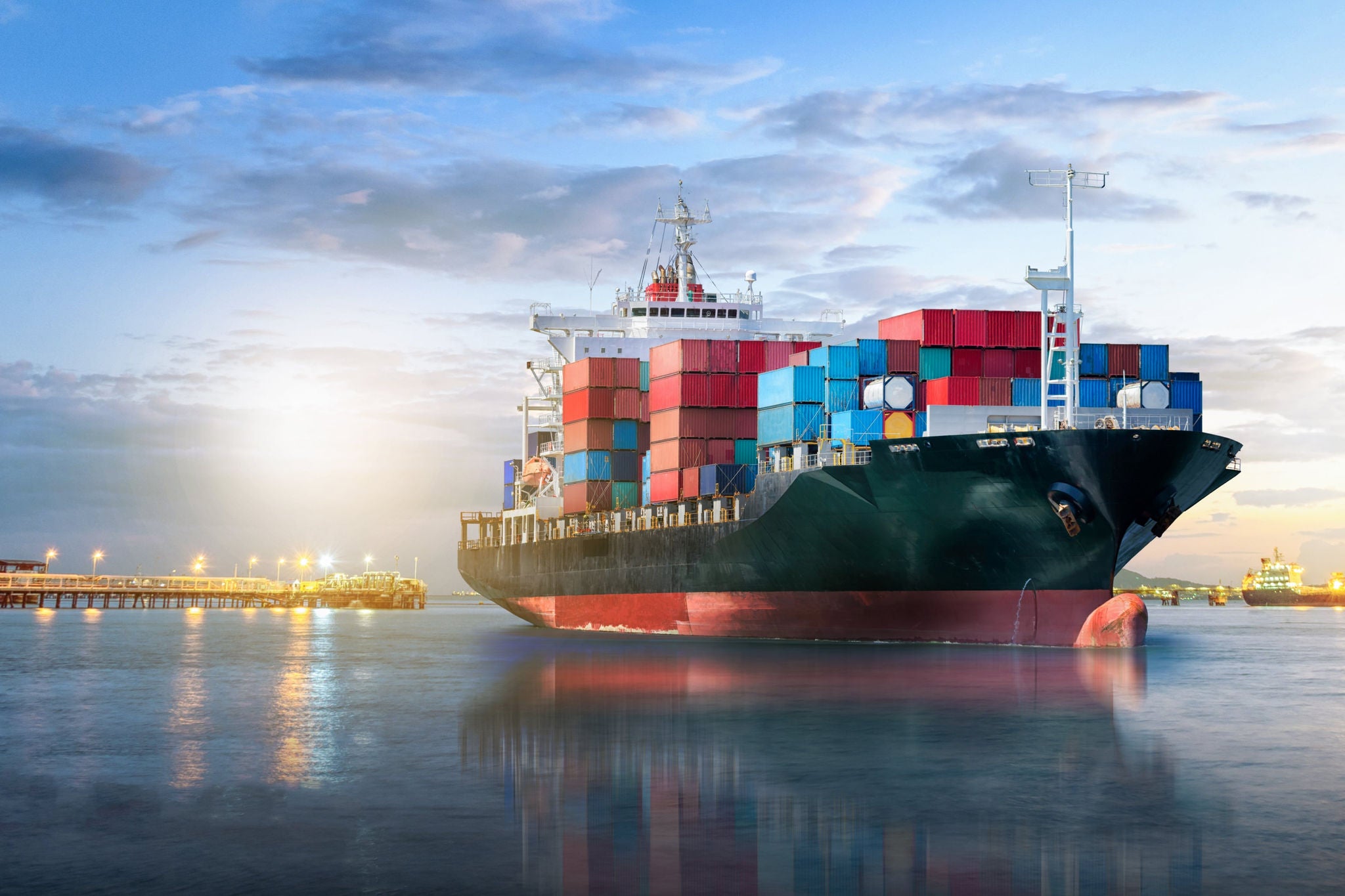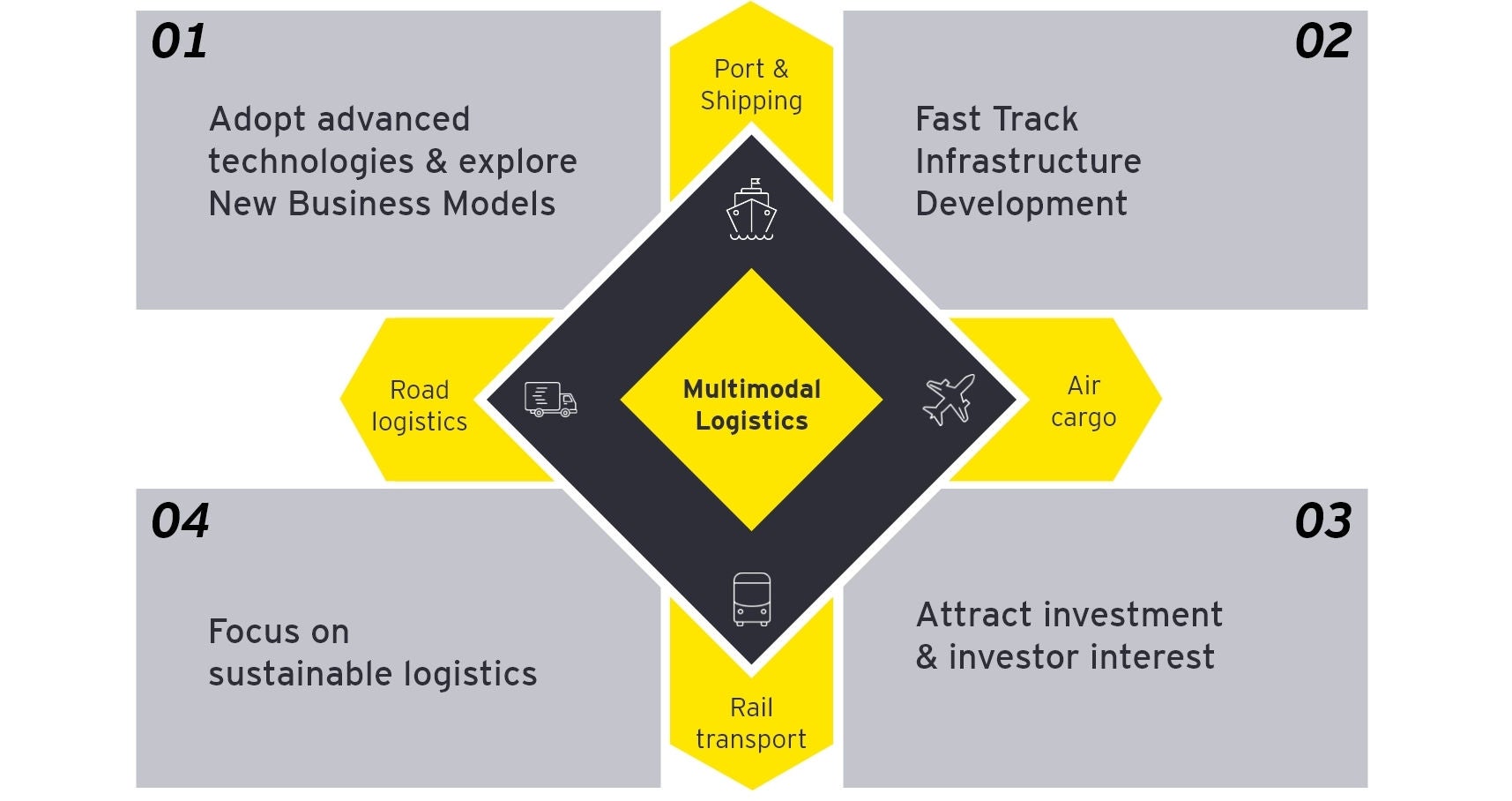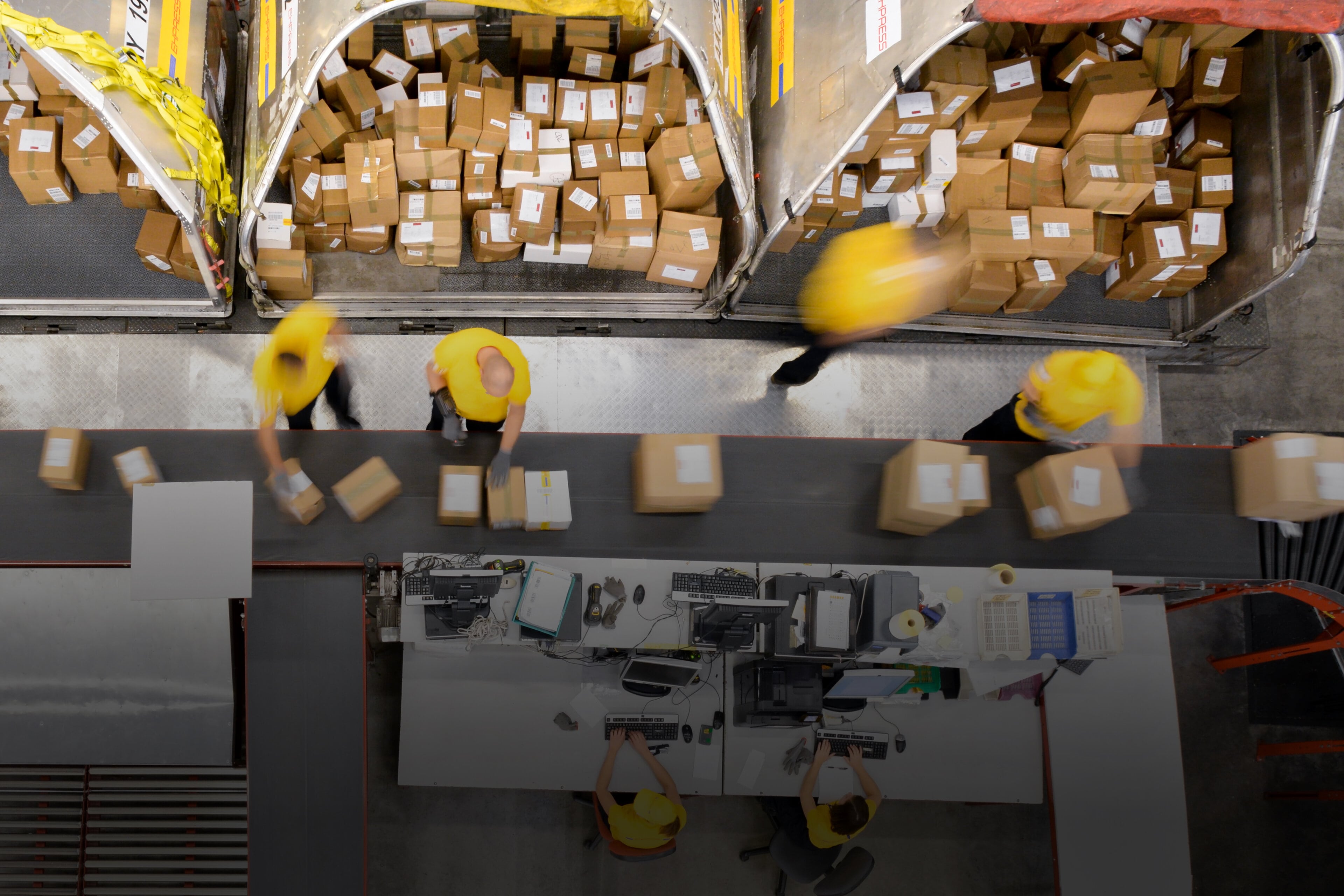EY refers to the global organization, and may refer to one or more, of the member firms of Ernst & Young Global Limited, each of which is a separate legal entity. Ernst & Young Global Limited, a UK company limited by guarantee, does not provide services to clients.
How EY can help
-
Optimize supply chain management with EY India's consulting services. Improve SCM efficiency, streamline operations, and achieve sustainable supply chain solutions.
Read more
The ports, shipping and logistics industry in India is shifting to align with the evolving business landscape. Improved infrastructure, increased emphasis on digitalization, and a heightened focus on sustainable logistics are driving this shift as the country sets its eyes on unleashing the potential of becoming a US$26 trillion economy by FY48 (with US$6 trillion by FY30).
This is, however, possible only if the multitude of issues including policy and infrastructure, are resolved. In the latest thought leadership report, “Envisioning the future of Indian logistics@2047”, EY and the Bombay Chamber of Commerce & Industry (BCCI) propose the following approach to address the challenges.
The main obstacles that the ports, shipping and logistics industry is facing can be broadly categorized as follows:







